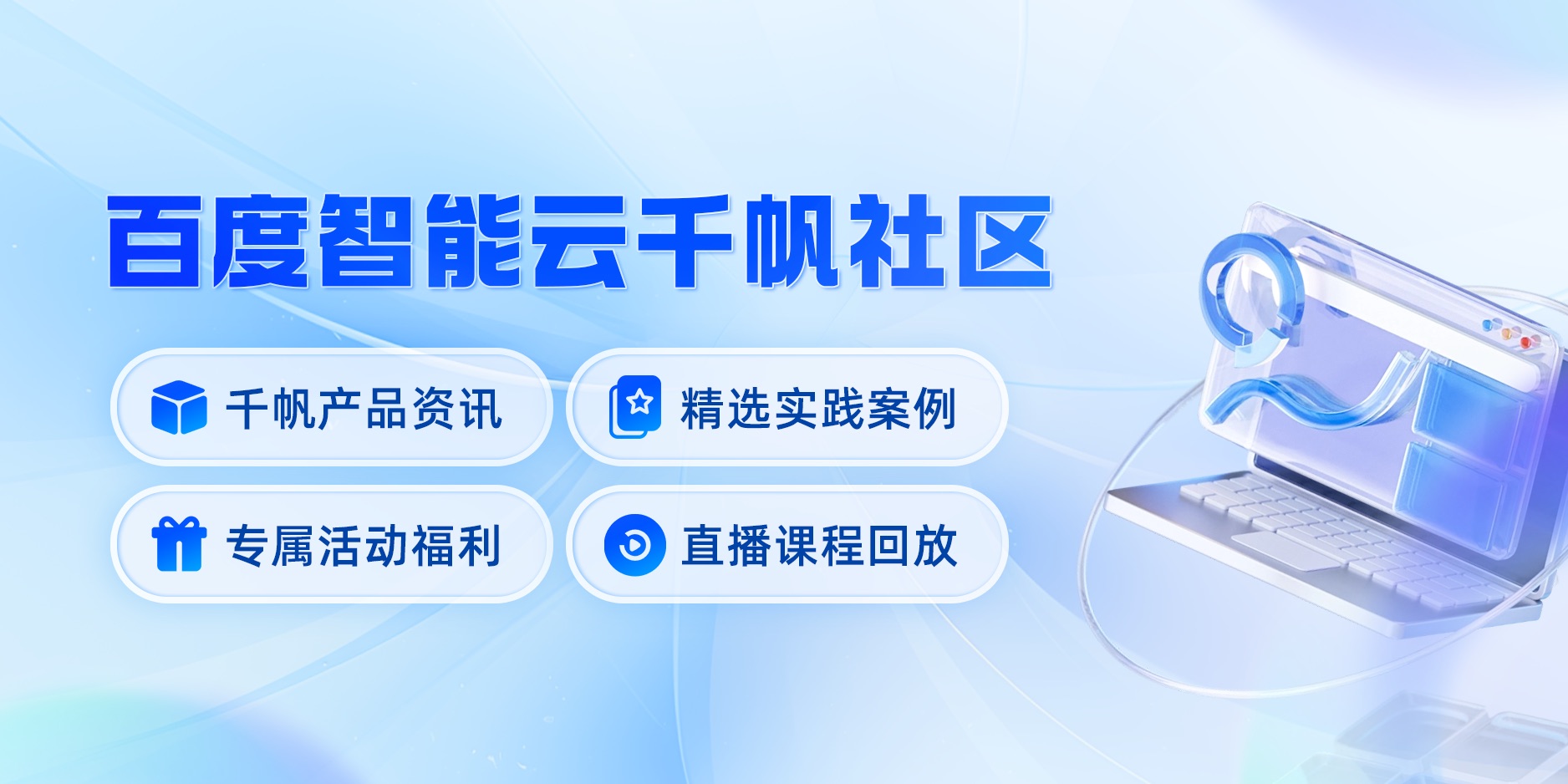Jetson Nano部署YOLOv5与TensorRT加速:从零到实战
2024.01.17 10:38浏览量:24简介:本文将为你详细介绍如何在Jetson Nano上部署最新的YOLOv5检测模型,并利用TensorRT进行加速。我们将通过实际操作,让你轻松掌握这一过程。
千帆应用开发平台“智能体Pro”全新上线 限时免费体验
面向慢思考场景,支持低代码配置的方式创建“智能体Pro”应用
在人工智能和边缘计算日益发展的今天,如何在小型设备上实现高效的模型部署和推理成为了关键问题。Jetson Nano作为一款强大的边缘计算平台,具有强大的处理能力和灵活性,可以满足各种应用需求。而YOLOv5作为一种先进的目标检测算法,具有高精度和高速的特点。结合TensorRT的优化,我们可以在Jetson Nano上实现高效的YOLOv5模型部署和推理。
一、环境准备
首先,我们需要准备Jetson Nano开发板、显示器、网线等设备。然后,通过SSH连接到Jetson Nano,确保系统更新到最新版本。
二、安装依赖项
在Jetson Nano上安装必要的依赖项,包括OpenCV、TensorRT等。可以使用以下命令进行安装:
sudo apt-get updatesudo apt-get install -y libopencv-devsudo apt-get install -y nvidia-tensorrt
三、下载和配置模型
从官方网站或其他可靠的来源下载最新的YOLOv5模型。解压模型文件后,将模型文件放置在Jetson Nano上的指定目录中。然后,编写一个简单的Python脚本来加载模型并进行推理。
四、模型优化与转换
为了在Jetson Nano上实现高效的推理,我们需要对模型进行优化和转换。使用TensorRT对模型进行优化和转换,可以得到更好的性能和更小的推理时间。以下是使用TensorRT优化和转换模型的步骤:
- 打开命令行终端,进入模型目录。
- 运行以下命令,将模型转换为ONNX格式:
python3 detect.py --weights yolov5s.pt --img 640 --save_img --save_txt --save_webcam --save_video --onnx
- 运行以下命令,将ONNX模型转换为TensorRT格式:
trt --onnx=yolov5s.onnx --trt-force-fp16 --trt-max-workspace-size=200000000 --trt-fp16-enabled=1 --trt-min-shapes=1,1,416,416 --trt-opt-shapes=1,1,600,600 --trt-max-shapes=1,1,832,832 --trt-batch-sizes=1 --trt-weights=yolov5s.trt --trt-engine-output=yolov5s.trt yolov5s.onnx
- 将转换后的TensorRT模型文件复制到Jetson Nano上的指定目录中。
五、模型部署与推理
现在,我们已经完成了模型的转换和配置。接下来,我们可以编写一个Python脚本来加载模型并进行推理。以下是使用Python进行推理的示例代码:
```python
import cv2
import tensorrt as trt
import pycuda.autoinit # This is necessary for initializing CUDA driver
import pycuda.driver as cuda_driver
import numpy as np
import sys
sys.path.append(‘/usr/local/lib/python3.7/dist-packages’) # Add path to TensorRT source code if needed for development/debugging only!
from detect import detect_with_tensorrt # Import detect function that will be used for inference
import time # Import time module to calculate inference timeLoad TensorRT engine file (created during quantization process) and allocate GPU buffer for input and output data (inference output will be written to ‘output’ variable)
TRT_LOGGER = trt.Logger(trt.Logger.WARNING) # Set logger to print only warnings or errors (only necessary for TensorRT development/debugging)
with open(‘yolov5s.trt’, ‘rb’) as f: # Load TensorRT engine file (created during quantization process) into buffer (buffer is stored in ‘f’ file object)
buf = f.read() # Read buffer into memory (buffer is stored in ‘buf’ variable)
TRT_ENGINE = trt.Engine() # Create an empty TensorRT engine object (this object will be used to load the TensorRT



发表评论
登录后可评论,请前往 登录 或 注册